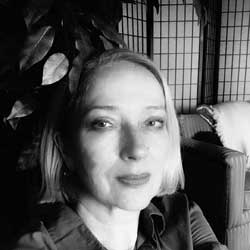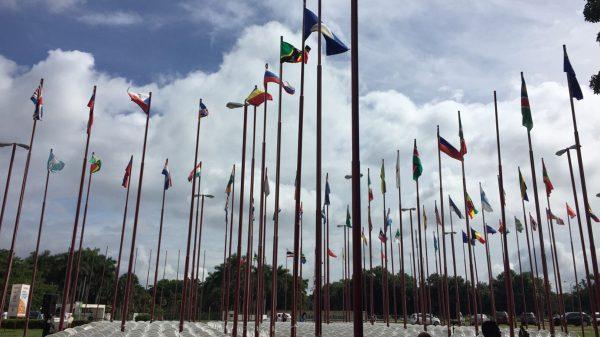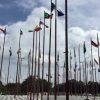In May 2022, I had the privilege and opportunity to interview five remarkable women in Havana. These women are educated professionals at the height of their careers. Ms. Huong Nguyen, the Business Manager at Vietnam’s ViMariel, S.A. was one of those. After meeting at ViMariel, our interview took place in a secluded corner of the busy lobby of the Habana Libre hotel.
What follows is an excerpt from this conversation. The complete interview will be published in an upcoming book, “The Cuba Interviews: Conversations on Foreign Investment and Economic Development.”
Ms. Nguyen and I first met at the offices of ViMariel. I was grateful for the opportunity to be able to include Vietnam, another international investor in Cuba, in this work.
Ms. Nguyen is a bright and intelligent young woman, possessing an infectious enthusiasm for her work that seems reflected in the spirit of a placard that hangs over the office entrance, “Never Say Tomorrow.”
On the day we met at her office, she gave a presentation on the company’s investment in Cuba.
She took me for a tour in her car around the ViMariel concession. We drove along the roads, ready for their final coat of asphalt. All of the development at ViMariel has taken place during the two years of the Covid lockdown. The concrete manufacturing plant of the concession is up and running. We also passed the site of an upcoming Spanish investment.
Ms. Nguyen’s presentation was an eye-opener to Vietnam’s dynamic path of economic development known as the Đổi Mới period of 1986. By any evaluation, it is an astounding success story.
Ms. Nguyen first came to Cuba as a student in 2009 to study psychology at the University of Havana. In 2015, she graduated.
This is not Ms. Nguyen’s first position at the ZED Mariel. In 2016, she began as an Investment Specialist and later became the Human Resources Manager at another Vietnamese company.
Ms. Nguyen speaks four languages: Vietnamese, Spanish, Portuguese, and English.
Hernández: Please tell us about ViMariel. When did your company sign an agreement with Cuba and the ZEDM to create an economic zone? What were the motivations to build an economic zone in Cuba?
Huong Nguyen: Thank you so much for the question. I would like to say that we come from Vietnam, a country with over three decades of working on foreign direct investment promotion. Since 1986, to develop a deepened integration into regional and world economies, our government started carrying out many measures with the promulgation of foreign investment law and amendments, alongside other legal-economic reforms on trading rights, the tariffication of non-tariff barriers, etc. As a result, Vietnam has 406 industrial parks, 18 coastal economic zones, and 26 border gate economic zones, attracting over 21,000 domestic and foreign investment projects with a total registered capital of about $340 billion USD. During that period, as a country, we have been researching, studying, and improving our legal framework to turn Vietnam into an increasingly attractive destination for foreign investment inflows. It allows Vietnamese enterprises to gain more experience in the real estate field, technical infrastructure development, and FDI inflows promotion.
This is an excerpt from the interview. The full interview will be published in an upcoming book.

T.K. Hernández is co-founder and editor at Cuba Business Report. Her work has been published in various online news media publications. Hernández has supported fundraising for Cuba’s last two hurricane disaster relief campaigns and is a member of the Canadian Network on Cuba. She is also a member of The Writers Union of Canada, and ACES International Alliance of Editors. Ms. Hernández is the author of three books, most recently, “The Cuba Interviews: Conversations on Foreign Investment and Economic Development,” (Palgrave Macmillan, 2023).














